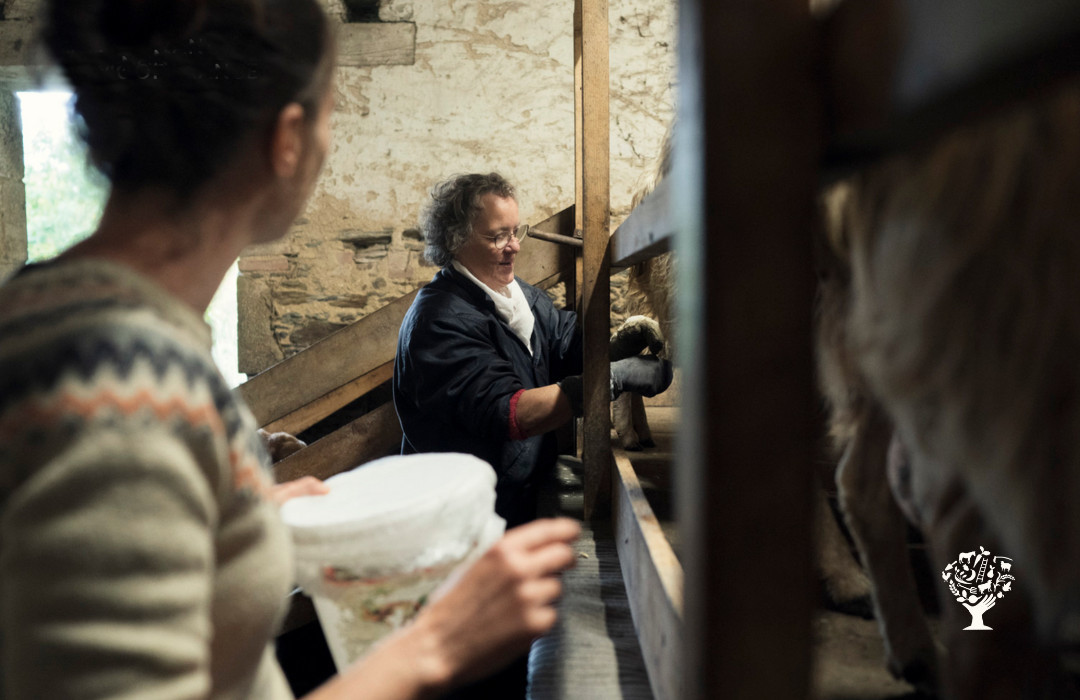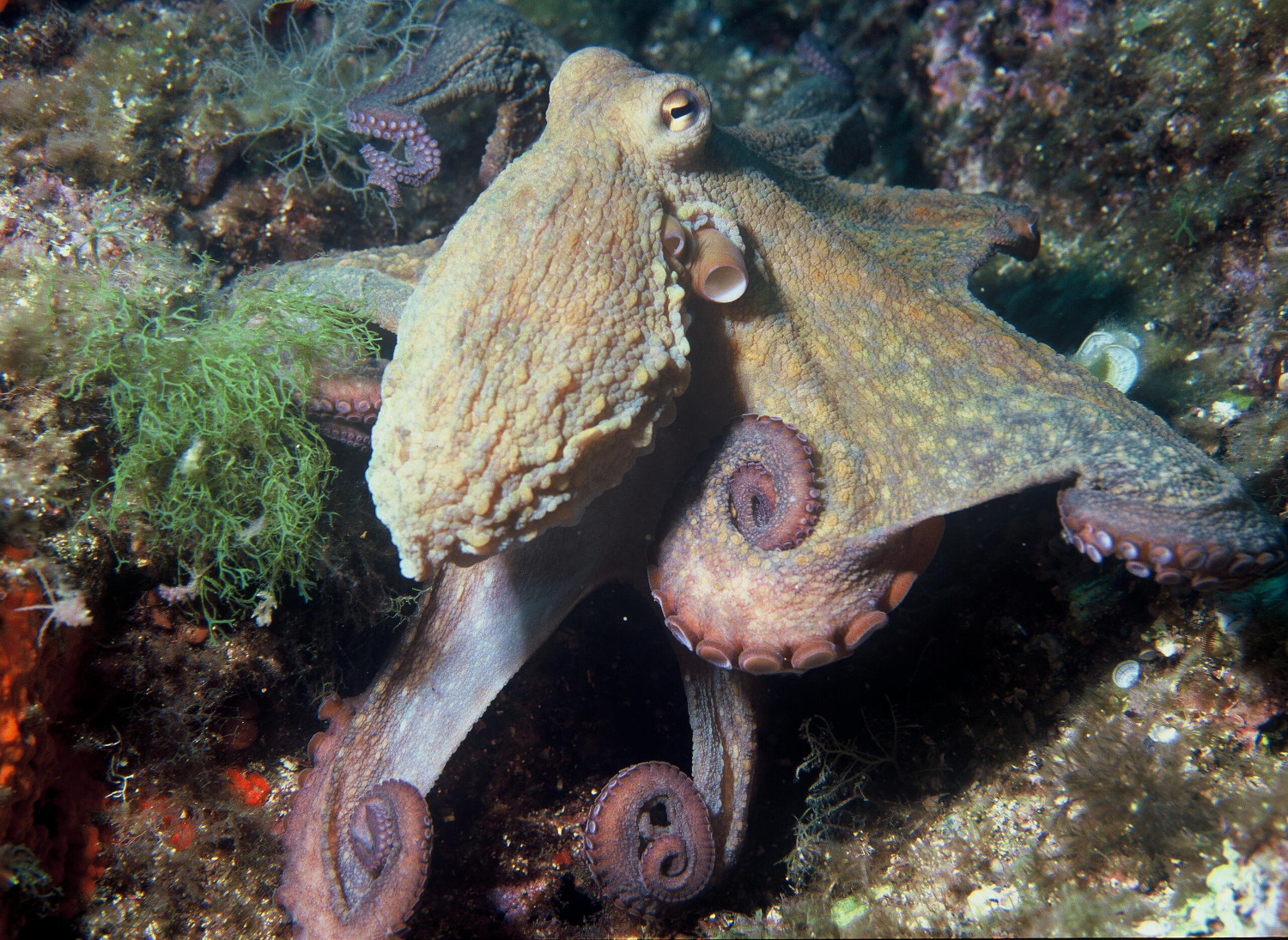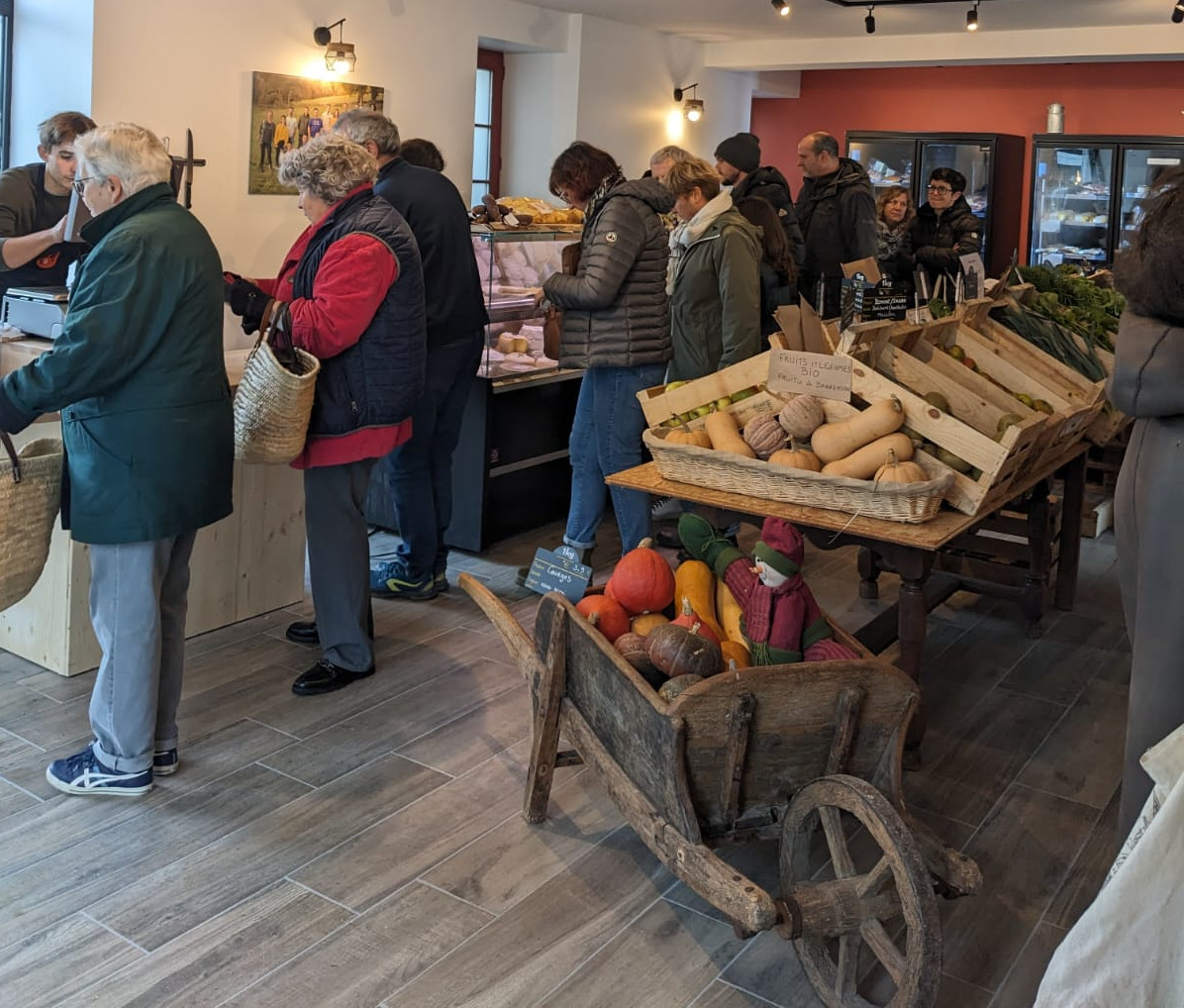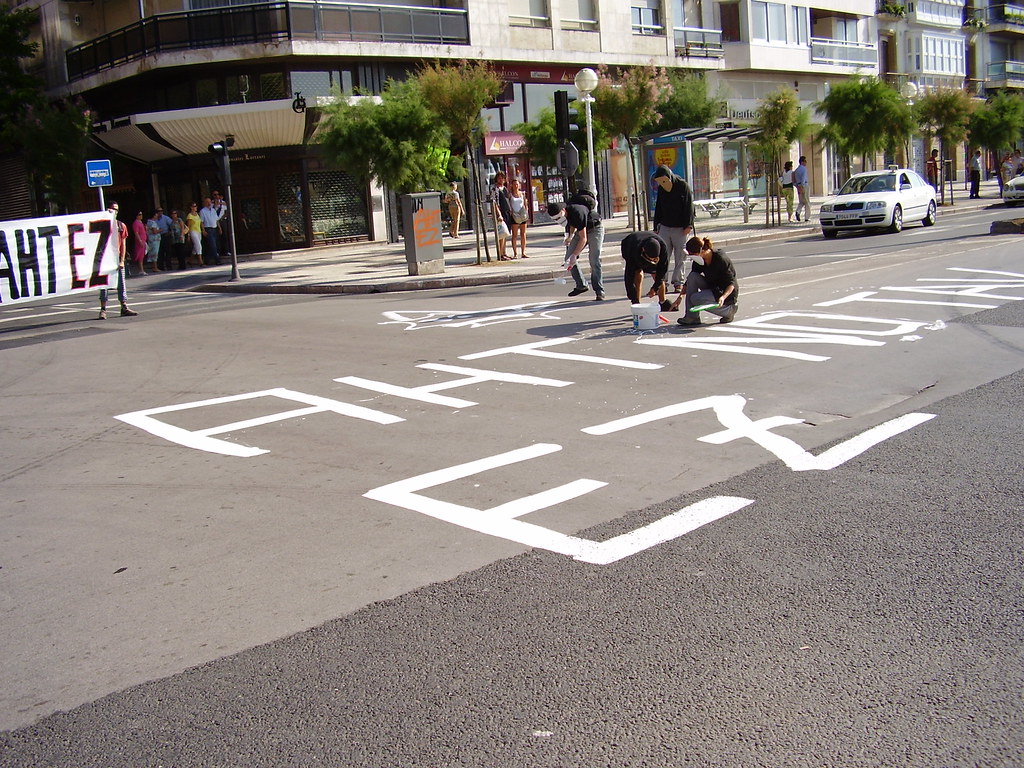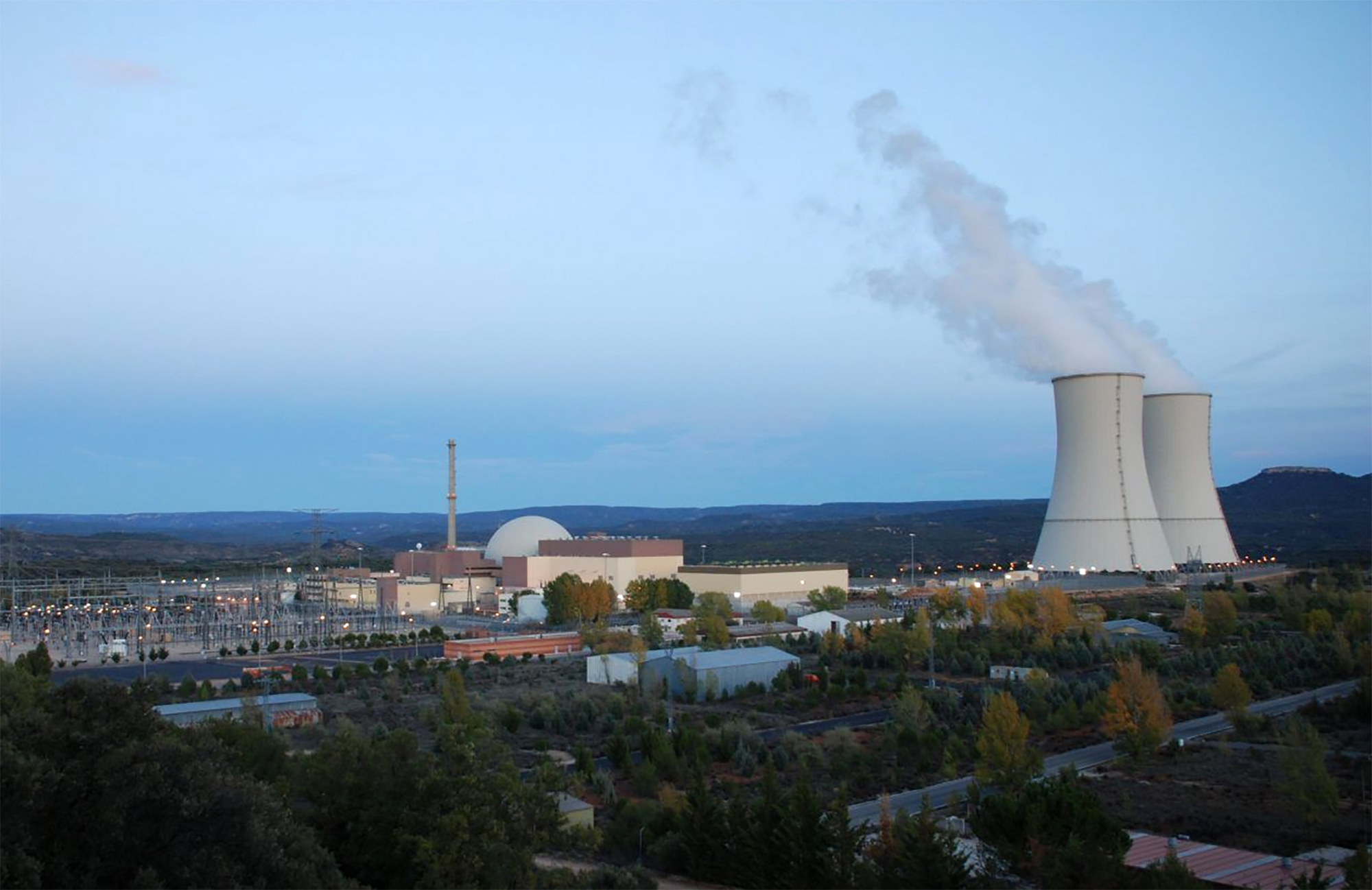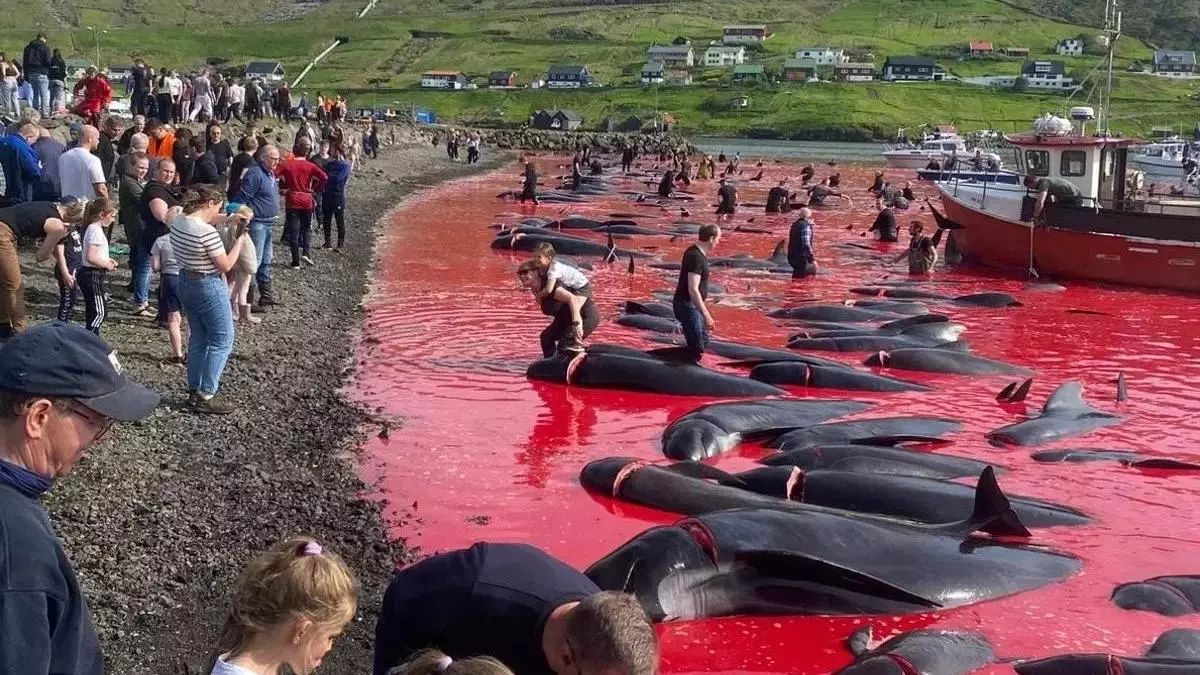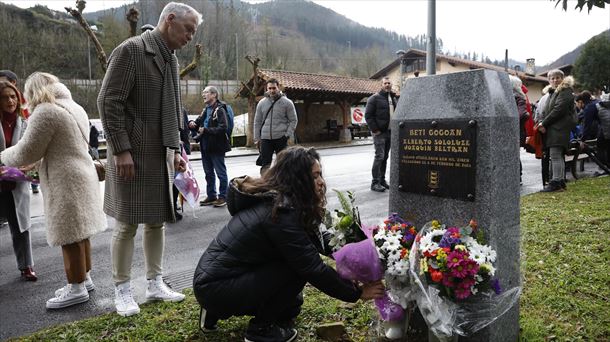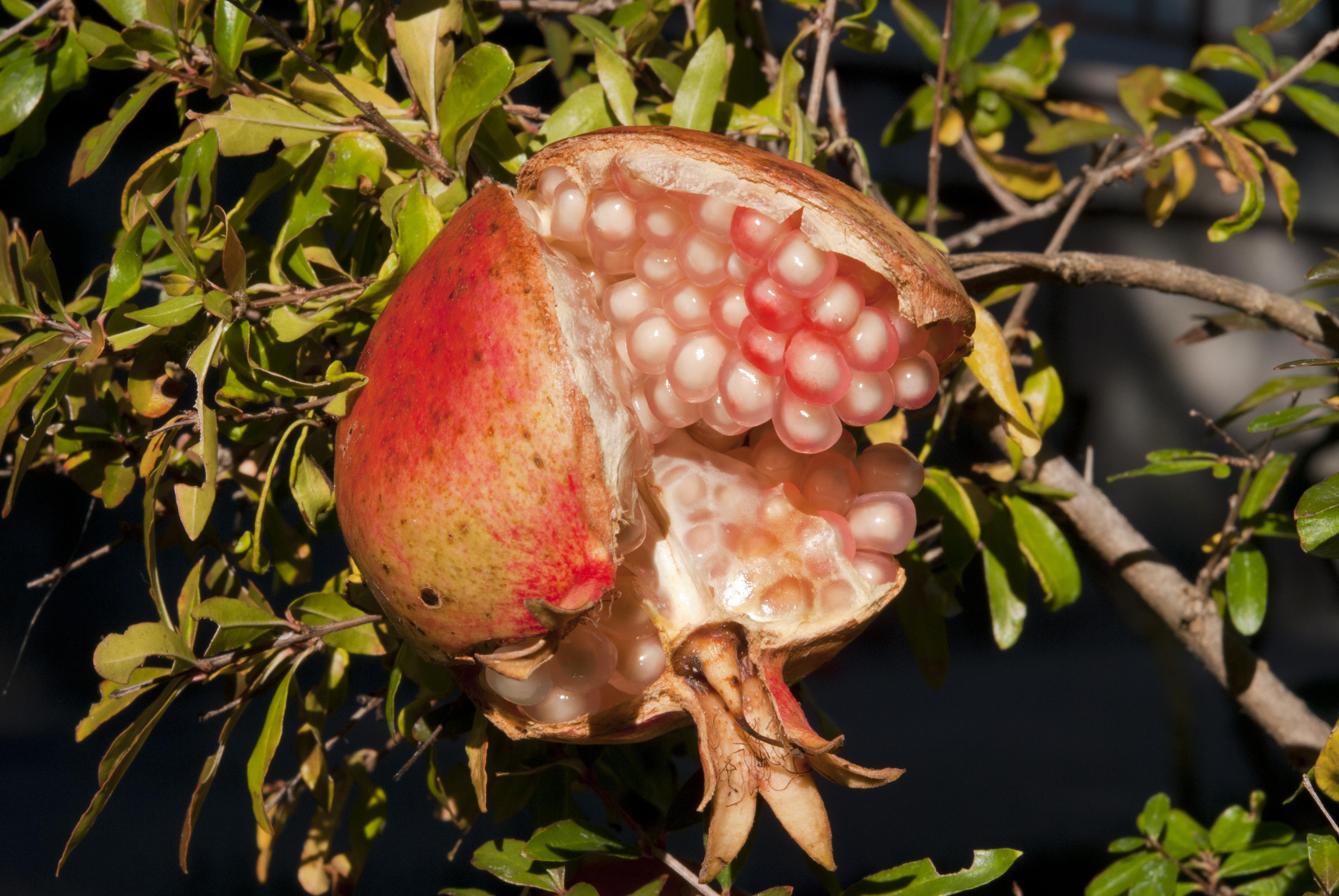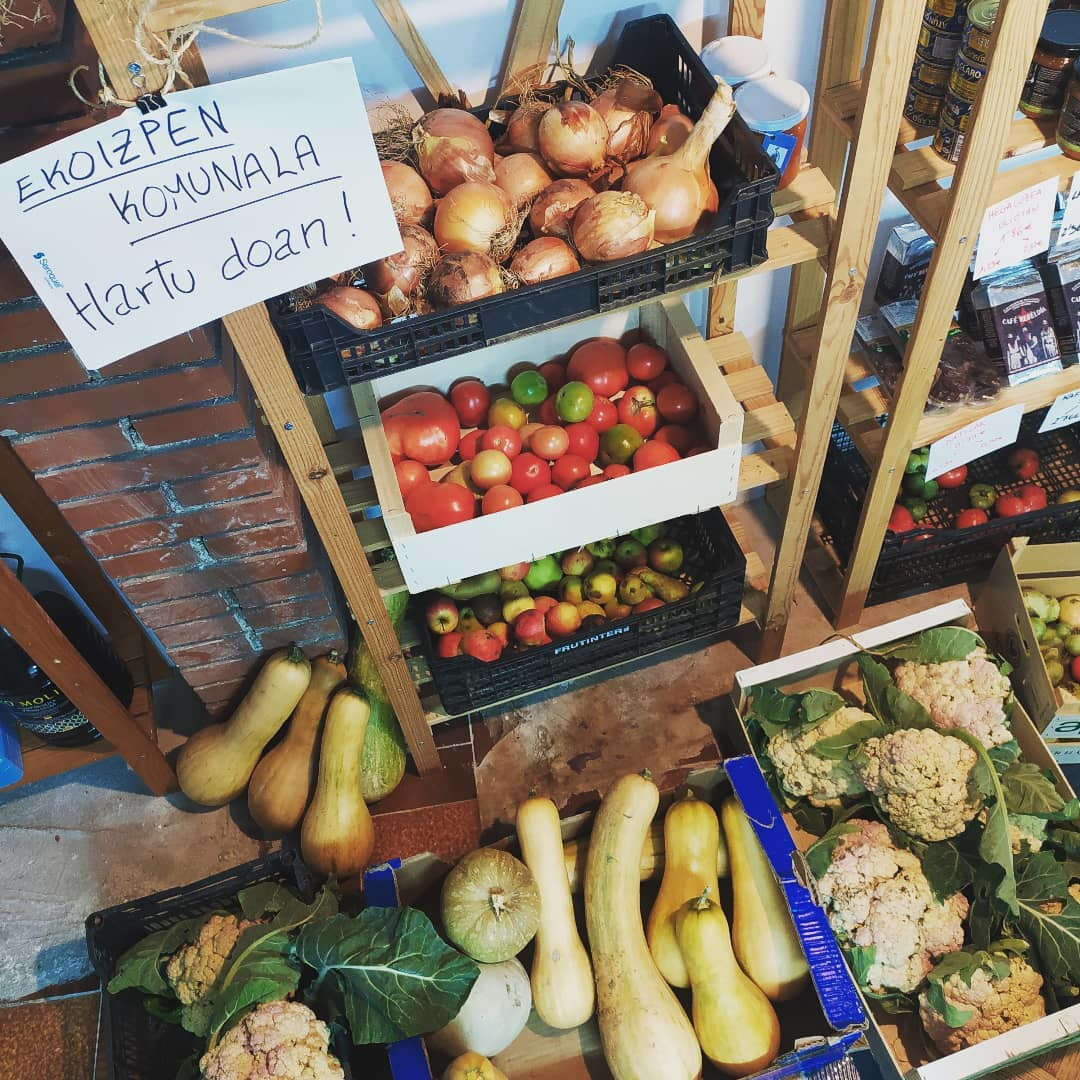The migration of birds: that beautiful but threatened enigma...
- The bird migration map shows us that Euskal Herria is an interesting and rich step for migratory birds. We count around 350 species of birds for both winter and for those who come and for those who rest during the migratory journey. The longing for life and the instinct for survival push you to travel thousands and thousands of miles a year. We have started to look at this phenomenon. We have also known the damage caused by human activities and climate change, as it is known that 25% of European birds have disappeared in the last 40 years.
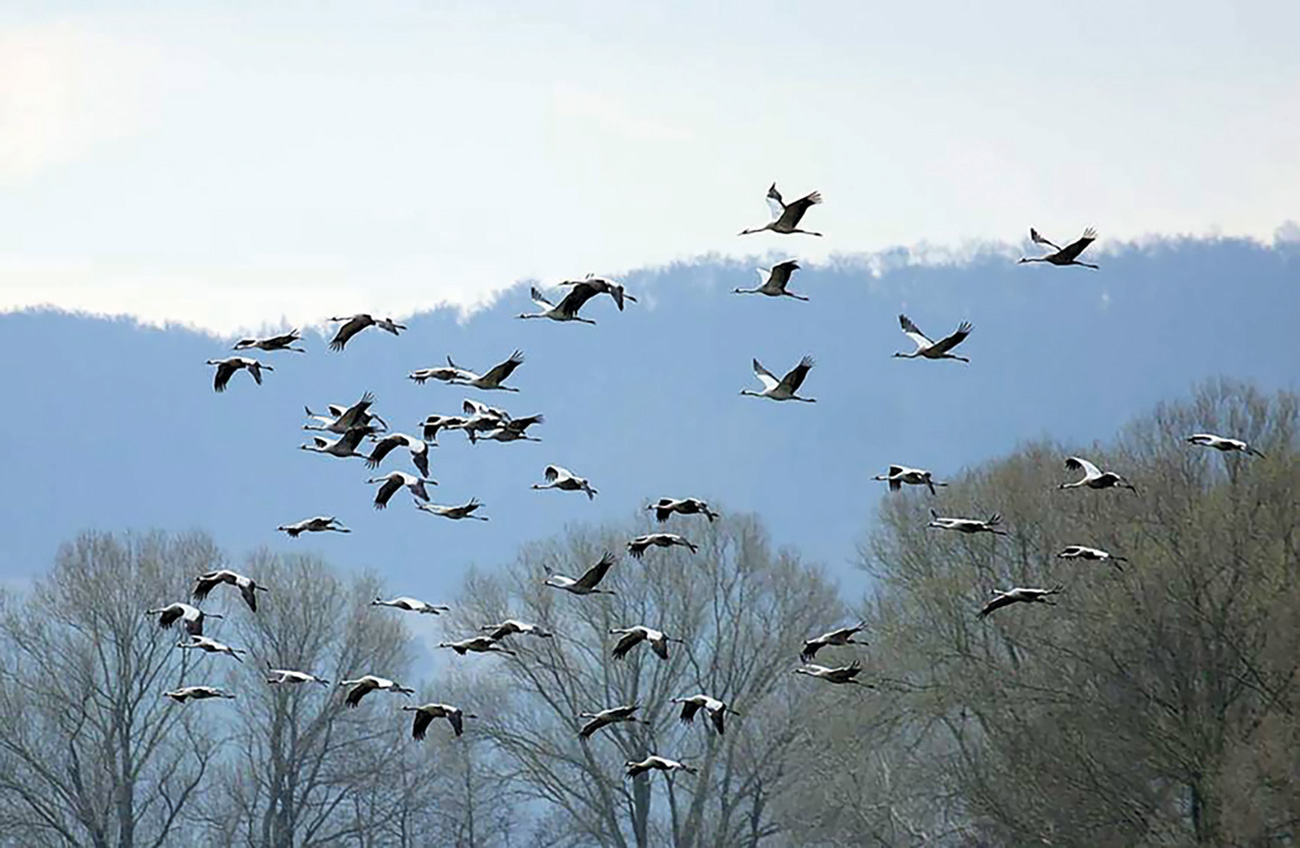
A question that excites everyone who can spend the day watching the birds is: How on earth do they invent the way every year to leave a point of the world and reach their own destination thousands of kilometers away? This is a great mystery that ornithologists would like to solve one day, but which for the time being remains an unanswered question. Thanks to the observations and scientific research, it has been observed that the magnetism of the earth is followed, that it is brought forward at night depending on the location of the stars and the landscape during the day, and that the smell is as important as the view of the orientation. But in spite of everything, it's hard to believe that a swallow will always return us to the same nest or next door. It is also difficult to believe that from Scotland they have brought some fishing eagles to Euskal Herria, which here have grown and have been instinctively linked to migration, without anyone explaining to them that they have reached the South of the Sahara, their usual destination, and from there they have returned to Euskal Herria. Edorta Unamuno, ornithologist at the Urdaibai Bird Center, tells us about the recovery program of the Biscayan coast that began in 2013. "Each fishing eagle departed on different days, and the most curious thing is that most took the same route and everyone came to the same area, although they never passed through those places. One thing is, you have it genetically, but I don't know to what extent that can teach those fishing eagles the way and the goal."
Of the 10,000 species of birds worldwide, 19 per cent migrate at a great distance and for those at both ends of the world, in latitudes above 35 degrees in the North and South, the proportion is 50 per cent. In general, the most common are those who come down from north to south to spend the winter. We can divide it into three groups: those who, after spring and summer in our country, will migrate in autumn to the south – to the end of the Iberian Peninsula, to North Africa or to South Africa – those who will leave the areas of the north to spend the winter on our land; and those who will replenish forces on the road from North to South, the so-called East Atlantic Road, who will go a short stop in our land. We also have those who will descend from the winter mountains to the plain, including the common fool, which will be between us from October to March.
Edorta Unamuno, ornithologist at the Urdaibai Bird Center
Located between the Cantabrian Sea and the Pyrenees, the Basque Country is an important step for migrant birds. The instinct to survive this immense journey leads them to pass over us, having a long sea down the west and a dangerous mountain range down the east. In addition, Urdaibai Bizkaia, Salburua Araba, Txingudi Gipuzkoa, Pitillas Navarra or the banks of Ansot in Lapurdi have very rich areas here to rest and eat well. In total, some 350 species of migrant birds are counted in our surroundings. The earliest species can be seen in July and the last in November. Millions and millions of people are passing by, and whoever has the chance to look up to the sky has a great show. Some areas are known for this: the wetlands or collates mentioned, including the Organbidexka de Irati, Lizarrieta de Sara and Lindus de Navarra. We cannot fail to mention the Bardenas, as this almost desert medium is the favourite and inevitable of many birds. Xabier Dindart, who works in the Birds Protection League LPO, spends his time in the organbidexto. He has told them "until next year" to thousands of black, white and black storks and avispated vultures, and during these days he can see thousands of red, gavilanes and tordos. Soon the pigeons and the herons will worship the sky. In total, about 20 species of predators go through Organbidexka, and there are many other birds that travel, but they don't tell them because they're too small to be seen at the time of the story.
.jpg)
Each species migrates in its own way: sooner or later, alone or in a group, by night or by day, with small regular breaks or traveling long distances in one blow, passing hundreds of kilometers or miles, from the coast or from the mountains, some and other species do not... "Every bird species is a world," says Unamuno, but they have one thing in common: every decision is deduced by the instinct to live. Let us suppose that those crossing the Sahara would be set in motion earlier, precisely to avoid the highest temperatures in the desert. Each species has its own diet and they synchronize the journey based on it. Because they have a tremendously dangerous path. Imagine the journey of a dozen days from the Netherlands to Senegal for white sparkling. Hundreds of people have enjoyed this year in Urdaibai, where they are doing with energy. We also have the rocky volcanoes among us in winter, which we leave the island of Ternua, north of Canada, about 5,000 kilometers from Greenland and Iceland, on our coasts. The Gabai Arreas also have twice a year doing the Chile-Arctic Route of 12,000 kilometers – travelling 8,000 kilometers will stop on the Basque coast for a couple of days to take up forces and move forward. They cannot stay until they find the land, so they face a vital challenge of attrishing the ocean, making the decision to leave at one end and facing fatigue, hunger, dehydration, predators, wind streaks and, in the worst case, severe storms. For example, let's take the North Chenada (Sterna Paradisaea), which runs the route from the Antarctic to the Arctic, and if we have a bit of a seasoning, we can see it flying offshore from the Basque coast. It is the bird with an annual migration of 70,000 kilometers, or 2.4 million kilometers in its life, the longest.
Another dangerous area is the Sahara Desert, and if they can, they will stop sooner. But they go a lot, and it doesn't matter if it's a 15-gram bird. Fat reserves are made and the swallows, the common ruires and a good number of birds are left. Many will not reach the goal. Thanks to the research and sequences of ornithologists, we know that 80% of them die the first time. However, once the first migration has been overcome, the successors will be more easily replaced. They know about the threat, but they have to because if they stand, they'll starve to death. They are in the name of food, because in winter they would not have enough seeds, fruits, insects or prey in breeding areas. The coldest months will pass through their heat and return to the north in spring, when the plants will flourish again. "Migratory birds have evolved for long years to have and feed their offspring when more insects are there," says Aranzadi Maite Laso ornithologist. They do, however, remain in the worst weather conditions to avoid danger; but not too much, to reach the goal as soon as possible.
In addition to the natural obstacles that are on the road, there are also those caused by the human being, and therein begins the criticism of the anthropocentrism that is essential to us to look at the subject. A quarter of the birds we have in Europe have disappeared in recent years.

25% less in the last 40 years
"For 50 years, it's amazing to see how the population is going down, especially the population of the most common birds. In the Basque Country Nomenclature we have the common Deaf, the common Golondrina, the common Golondrina... I would stop calling it “normal”, because they have almost ceased to be vulgar in many places. What was once very normal, is now being greatly reduced, in some cases the rate of disappearance is greater than 95 per cent. We think animals, birds, plants disappear in the tropics. Every day species disappear, but we don't have to go to the Amazon. In Euskal Herria there are also many missing persons," says Unamuno.
The urbanization has covered a multitude of wet spaces – Donostia or Bilbao were rich wetlands, ample spaces full of marshes – and the expansion of agriculture and industrial fishing has impoverished areas that until recently had a rich biodiversity. What to say about the artificial lights, power lines, hunters, domestic cats or transports you find along the way. As we move forward in time, we bring them further damage. There we have, for example, wind farms. Dindar talks about the problem of poisoned dead birds: "This year we have problems with white vultures, some have fallen into the Pyrenees and we don't know why, this is not a natural death. We'll run some tests, but it's very long." For example, the poison against rats in the gigantic wells in the passageway: "The poisoned rat eats immediately and not everyone digests. We're on our way to ban these poisons, but they always have new products on the market."
The spread of insecticides and the monoculture of industrial cultivation have caused the food of birds to disappear, and hunger has spread among them. In short, the figures show that if 25% of the bird population has disappeared, in forests it is reduced by 18%, in cities by 28% and in rural areas by 57%. The evolution of the crop has led Dindar to the conclusion of the habitat change: "The diversity of insects in the diversity of flowers provided by natural grasslands accelerates the entire chain. If you sow a single type of grass, you're not going to bring anything into the environment, it doesn't serve tirrit for diversity." Regarding the landscape, he recalls that natural barriers provide a rich biodiversity and habitat: "We think we have beautiful trees here, but the ones we have are the only ones left, poor! Normally there are old, young, duckling trees, white thorns on a quality fence -- it's not just a sad fence with a big tree."
“They have evolved for long years to have offspring when there are more insects. They have achieved synchronization for thousands of years and suddenly [climate] comes the change”
Maite Laso, ornithologist of Aranzadi
Climate change, a change coming soon
The global warming of the last decades brings temperate and early winters, which affect the stay of birds, who come earlier or lengthen their stay. The arrival of spring has been advanced for 5-12 days in the last 30 years. In human agendas is not much the 5-12 day period, but birds can bring death, and the disappearance of species. In fact, if the arrival in the breeding area does not match the appearance of insects or if there is a cold wind current, the number of deaths can be drastic. Even more so when in the last 30 years 80% of insects have disappeared by agro-industry. It is also known that climate change causes an increase in extreme conditions: cyclones, droughts, tornadoes… birds can hardly survive in this environment. The Sahara is also spreading for the same reason and can have a dramatic effect: dying on the road because of lack of strength, without that change, they barely get the crossing.
Some species, such as the black stork that migrated trans-Saharan, are, after all, left in Southern Europe. Until recently, the geese also spent the winter in our landscape, but they are becoming less and less, as winter in Germany, Belgium or the Netherlands is appropriate for them. In our environment we also see things that we hadn't seen until recently: the small eagle, the owl toad and the crankles. Will food be enough for all of them as a result of these changes in place? It's not clear, and it's worrying, because a famine is enough to put the species in danger of extinction. Those who have changed their course, however, at the moment remain in a minority.
If we look at the climate change that has occurred in such a short time, we realize what this means: "Migration has been from glaciations, has been for thousands and thousands of years and is highly integrated into the brain and the bodies of birds. Now all of a sudden, these kinds of changes? 50 years is nothing in our history," according to Unamuno. Laso also insists on the same idea: "Migratory birds have evolved for long years to have and feed pups at the time when more insects are there. We have to look at evolution. They have managed to synchronize for thousands of years and suddenly there is a change of ten years." Imagine that there are still hundreds and hundreds of birds approaching Bilbao waiting for those missing marshes on the mind map. It is too early to deduce the effects of climate change, but it does not rule out that all ornithologists are concerned about it.

The importance of protected spaces
The importance of habitats makes protection of areas essential, along the entire route: breeding areas and winter habitats, as well as the wet and resting areas on the way. In short, migration routes should be a protected corridor. Legislation and instruments are in this direction: Birds Directive adopted by the European Union in 2009 (replacing that of 1979) which, in addition to birds, protects eggs, beds and habitats and the Special Conservation Areas and Special Protection Areas which are part of the Natura 2000 Network. But in order to stop the disappearance of birds, the change should be systemic, because even if it is protected, what is aimed at other sectors can destroy everything: "We have to make our socio-economy compatible with the environment. We have a very nice word, 'sustainability', but on the one hand you can get frustrated by the other," according to Unamuno. Whether it's pesticides, macro-projects, mass tourism, urbanism -- without a general ecological transition, protection policies won't be enough.
The report is over and the first wasps of Dindar in Lower Navarre have been heard, and in the Urdaibai area there are still about 60 species. What's finally going to come to you don't have it: a bird's bull. Each of them will spend the winter, and then, starting in February, they will take the road again. In spring the road will become faster, as the goal is for them to have a place to nest. With the aim of procreation and preservation of their lineages, they will not prolong themselves too long on the road. Because they know that the first invaders will occupy the best places for their nests.
Hegaztien eraztunketa erreminta ezinbestekoa dugu espezieei buruzko datuak biltzeko. Txoria atzeman eta eraztun metaliko arin bat jartzen zaie, zeinetan zehazten zaizkion identifikazioaren lekua eta eguna, baita posta kodea ere. Nortasun agiri baten funtzioa betetzen du kode alfanumerikoak, eta hortik denbora-tarte batera eraztundutakoa berriz ikusiz gero hainbat datu argitzeko balio digu: adina, leku batean emandako denbora, bere mugimenduak eta migrazio-bideak, morfologikoki ukandako aldaketak… Pentsa zer nolako informazioa den hori migrazioa aztertzen dabilenarentzat. Funtsean, horretarako hasi zuen eraztunketa Aranzadi zientzia elkarteak orain duela 75 urte.
1949an osatu zuten bulegoa Donostian eta orduz geroztik jarraitu dute garatzen, baita Espainiako Estatura zabalduta ere eraztunketa tokien sarea. Dagoeneko 200.000 hegaztik daramate “Aranzadi” posta kodea eta kopurua urtaroz urtaro emendatuz doa 500 bat eraztun-jartzaileri esker. Egindako ekarpena azpimarratzeko eta eskertzeko xedez, 30 urtez eraztunak jartzen aritutakoak omenduko ditu elkarteak azaroko lehen asteburuan. Eraztunei esker aberastu dutelako jakintza zientifikoa. Aranzadik "mugarri esanguratsu batzuk" jarri izana azpimarratzen du bulegoko zuzendari Juan Arizagak : "Doñanan [Andaluziako naturagune babestua] eraztuna jarritako koartzatxo txikiek beren migrazio-ibilbideetan Atlantikoa zeharkatzen zutela jakin genuen Aranzadiren eraztunei esker. Izan ere, hegazti haien eraztunak Brasiletik iritsi ziren eta, hala, lehen aldiz, espezie horren Ozeano Atlantikoaz bestaldeko mugimendua dokumentatu zen".
Aitortza ofiziala duten Europako bulego guztiak biltzen ditu Euring erakundeak, eta nola ez, Euskal Herrikoa ere parte da. Europan dabiltzan hegaztien eraztunketa zientifikoko lanak koordinatzea eta bulegoen artean informazioa trukatzea dira Euringen helburu nagusiak. Ezinbestekotzat du lan zientifiko horren garapena Aranzadiko Maite Lasok, besteak beste, eta agian nagusiki, klima aldaketak ekarriko dituen aldakuntzak identifikatzeko eta ulertzeko.
Just as we experienced the flourishing of the Basque Country with the help of the artists, so that this time, taking advantage of their impulses, we continue to make our way together giving the necessary support to the Basque political prisoners, exiles and deportees
The... [+]











